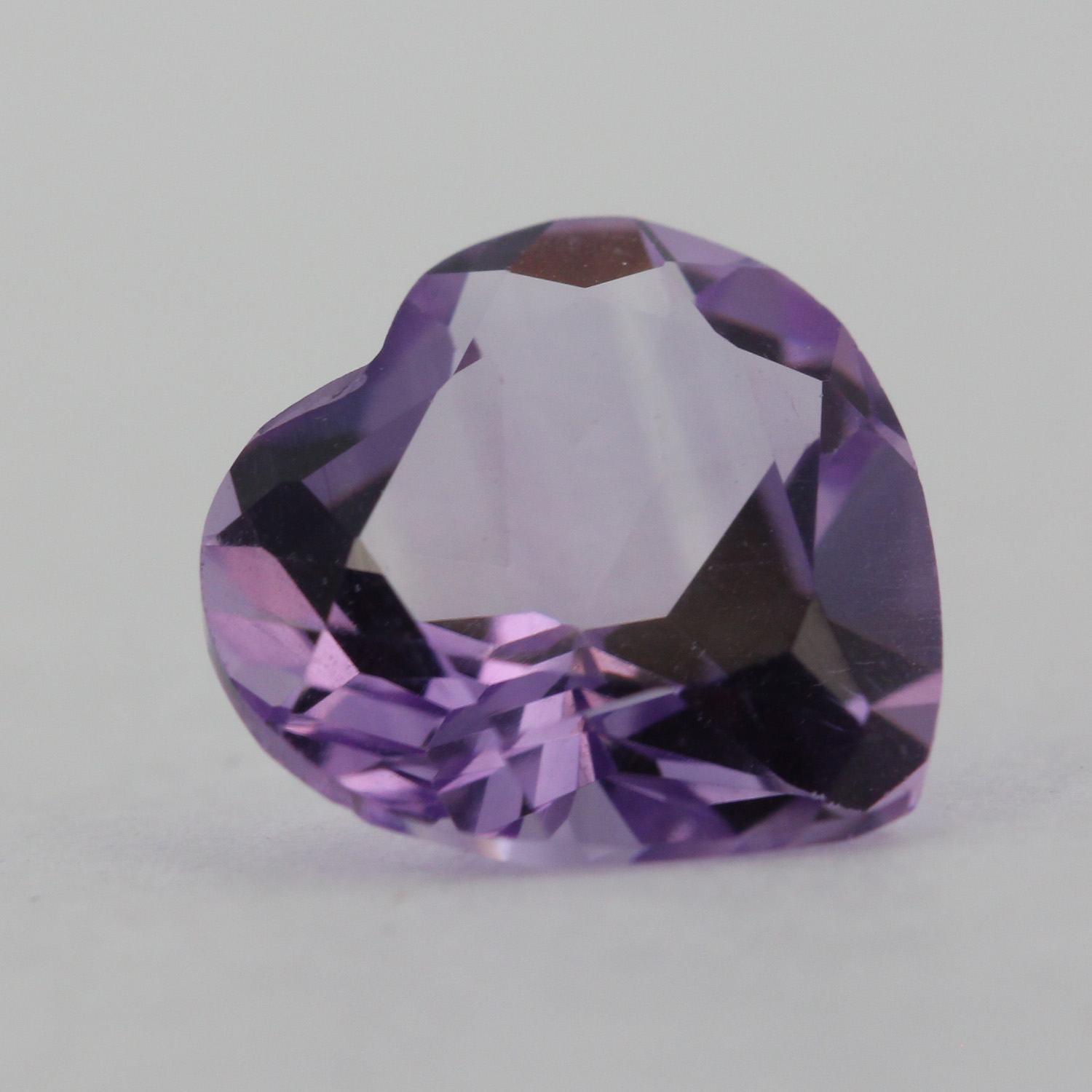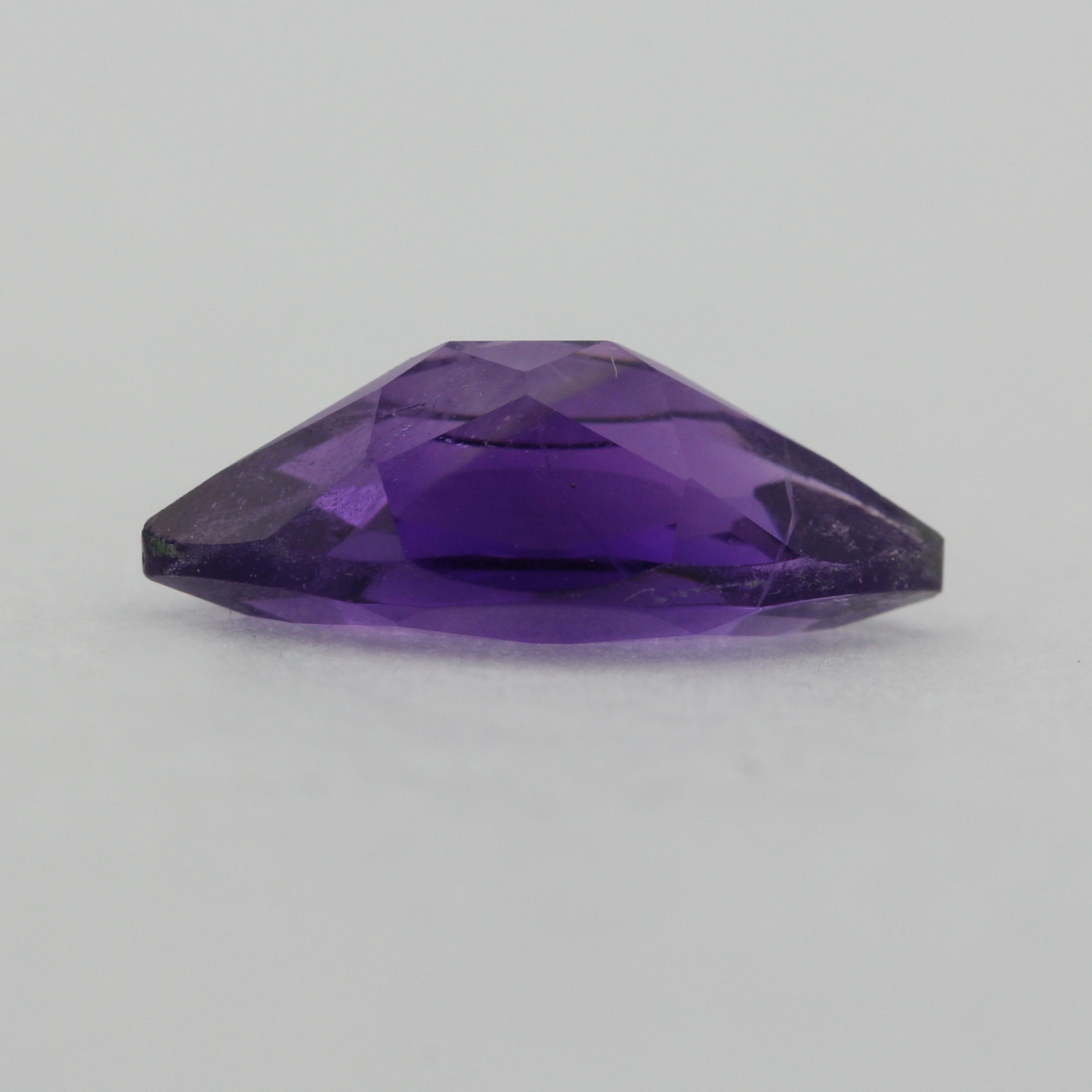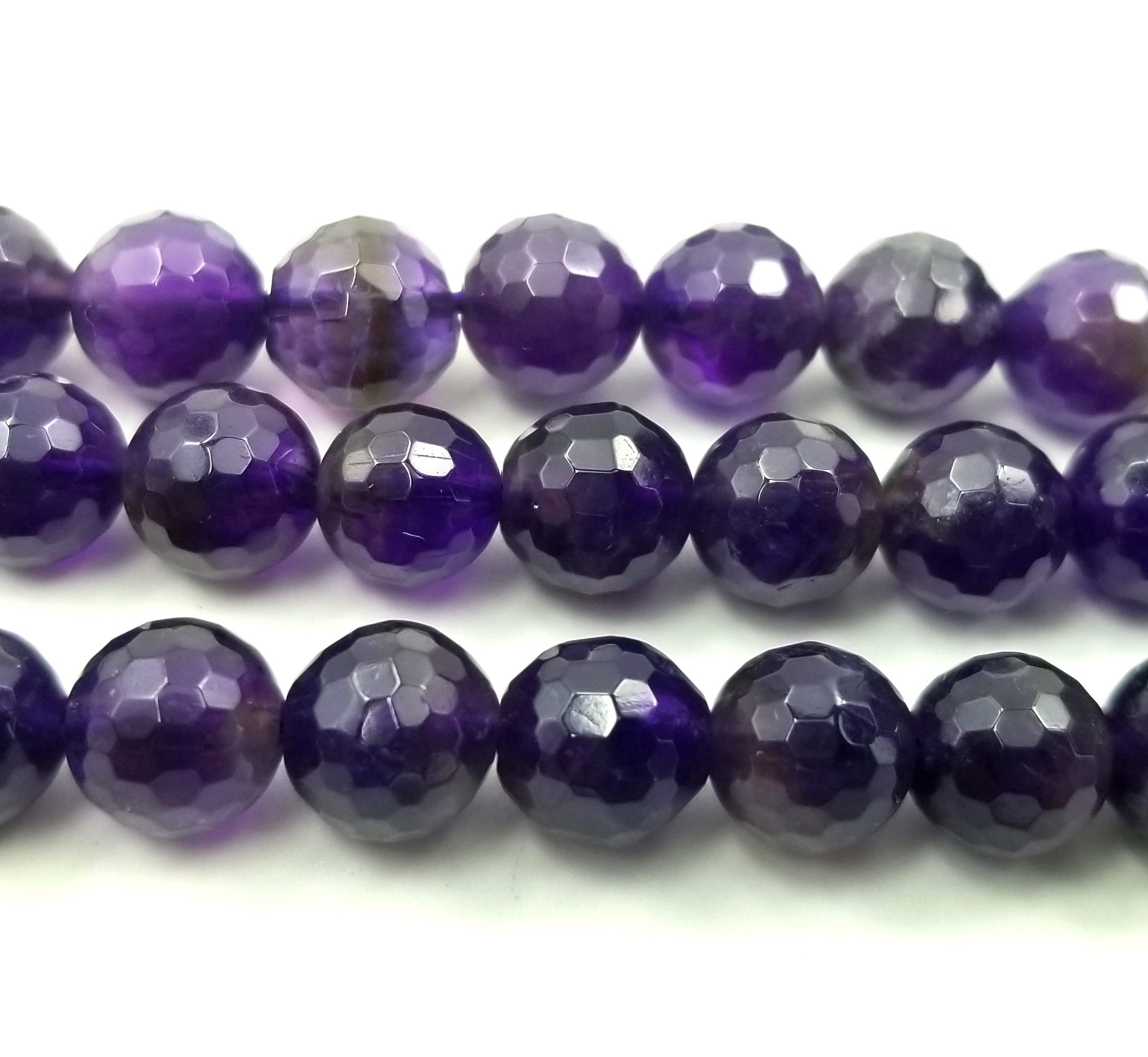
Ī mnemonic device, the "four Cs" (color, cut, clarity, and carats), has been introduced to help describe the factors used to grade a diamond. Other gemstones are still graded using the naked eye (assuming 20/20 vision). The GIA system included a major innovation: the introduction of 10x magnification as the standard for grading clarity. Historically, all gemstones were graded using the naked eye. Diamonds are graded using a system developed by the Gemological Institute of America (GIA) in the early 1950s. Gemstones have no universally accepted grading system. Value Įnamelled gold, amethyst, and pearl pendant, about 1880, Pasquale Novissimo (1844–1914), V&A Museum number M.36-1928 Very transparent gems are considered " first water", while "second" or "third water" gems are those of a lesser transparency. This is a recognized grading of the gem's luster, transparency, or "brilliance". Gemstones may also be classified in terms of their "water". Material or flaws within a stone may be present as inclusions. They may have luminescence and a distinctive absorption spectrum. They may exhibit pleochroism or double refraction. Gems are characterized in terms of refractive index, dispersion, specific gravity, hardness, cleavage, fracture and luster. Other examples are the emerald (green), aquamarine (blue), red beryl (red), goshenite (colorless), heliodor (yellow), and morganite (pink), which are all varieties of the mineral species beryl. For example, ruby is the red variety of the species corundum, while any other color of corundum is considered sapphire. Gemstones are classified into different groups, species, and varieties. For example, diamonds, which have a cubic crystal system, are often found as octahedrons. Another term used is habit, the form the gem is usually found in. Many gems are crystals which are classified by their crystal system such as cubic or trigonal or monoclinic. For example, diamonds are made of carbon ( C) and rubies of aluminium oxide ( Alģ).

The first characteristic a gemologist uses to identify a gemstone is its chemical composition. In modern times gemstones are identified by gemologists, who describe gems and their characteristics using technical terminology specific to the field of gemology. Use of the terms 'precious' and 'semi-precious' in a commercial context is, arguably, misleading in that it deceptively implies certain stones are intrinsically more valuable than others, which is not necessarily the case. Another unscientific term for semi-precious gemstones used in art history and archaeology is hardstone. The traditional distinction does not necessarily reflect modern values for example, while garnets are relatively inexpensive, a green garnet called tsavorite can be far more valuable than a mid-quality emerald.

Other stones are classified by their color, translucency, and hardness. This distinction reflects the rarity of the respective stones in ancient times, as well as their quality: all are translucent with fine color in their purest forms, except for the colorless diamond, and very hard, with hardnesses of 8 to 10 on the Mohs scale.

In modern use, the precious stones are emerald, ruby, sapphire and diamond, with all other gemstones being semi-precious.

The traditional classification in the West, which goes back to the ancient Greeks, begins with a distinction between precious and semi-precious similar distinctions are made in other cultures. The largest pebble here is 40 mm (1.6 in) long. A gem expert is a gemologist, a gem maker is called a lapidarist or gemcutter a diamond cutter is called a diamantaire.Ī collection of gemstone pebbles made by tumbling the rough stones, except the ruby and tourmaline, with abrasive grit inside a rotating barrel. Rarity and notoriety are other characteristics that lend value to gemstones.Īpart from jewelry, from earliest antiquity engraved gems and hardstone carvings, such as cups, were major luxury art forms. Most gemstones are hard, but some soft minerals are used in jewelry because of their luster or other physical properties that have aesthetic value. However, certain rocks (such as lapis lazuli, opal, and obsidian) and occasionally organic materials that are not minerals (such as amber, jet, and pearl) are also used for jewelry and are therefore often considered to be gemstones as well. Group of precious and semiprecious stones-both uncut and faceted-including ( clockwise from top left) diamond, uncut synthetic sapphire, ruby, uncut emerald, and amethyst crystal cluster.Ī gemstone (also called a fine gem, jewel, precious stone, or semiprecious stone) is a piece of mineral crystal which, in cut and polished form, is used to make jewelry or other adornments.


 0 kommentar(er)
0 kommentar(er)
